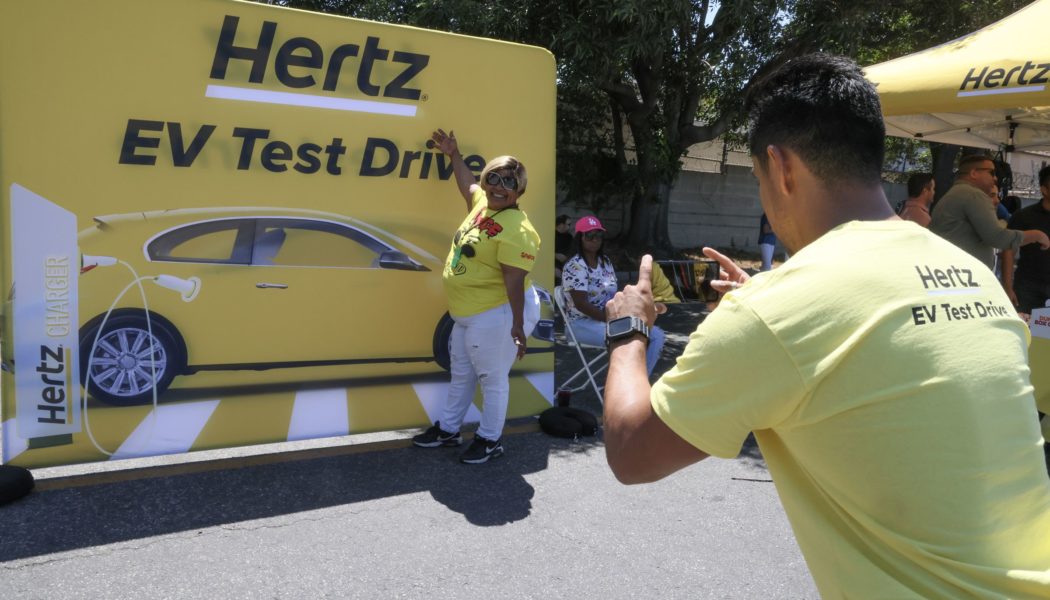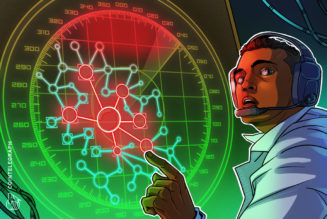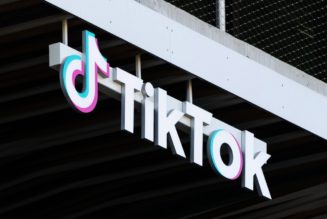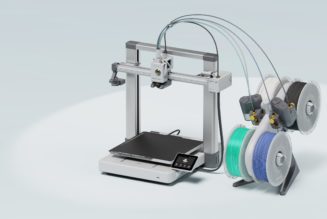Also, Uber drivers, who are using about half of Hertz’s Teslas, are damaging their cars more than Hertz expected.
Share this story
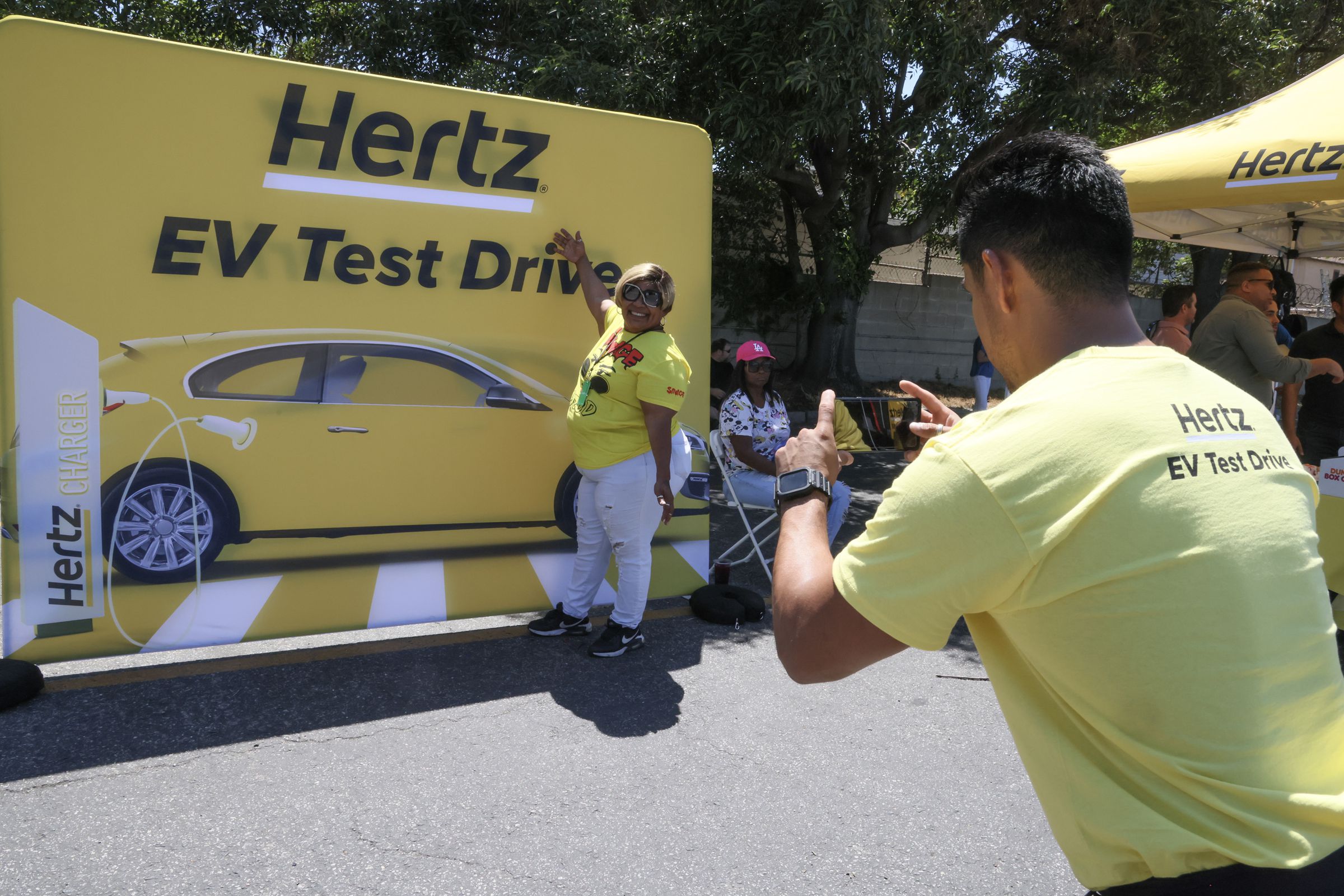
Rental car company Hertz once envisioned itself as the ultimate EV broker, doling out battery-powered vehicles to business travelers, ridehail drivers, and tech newbies in an ambitious plan to grease the wheels for the EV revolution. The company inked agreements with Tesla and Polestar to buy nearly 200,000 EVs. Tesla’s valuation topped $1 trillion on the news.
But like many other aspects of the EV switch, that plan is running into some headwinds. This week, Hertz said it was tapping the brakes on its EV rollout, citing the plummeting resale value of its EVs and the high cost of repair.
Tesla has been slashing prices to spark sales as it finds itself wrestling with softening demand and more competition. And repair costs are about double what the company spends on gas car fixes, Hertz CEO Stephen Scherr told Bloomberg.
Part of the problem is linked to Hertz’s plans to rent EVs to ridehail drivers. Of the 100,000 Tesla acquired by Hertz, half were to be allocated to Uber drivers as part of a deal with the ridehail company. And drivers said they loved the Teslas! But Uber drivers also tend to drive their vehicles into the ground. This higher rate of utilization can lead to a lot of damage — certainly more than Hertz was anticipating.
Hertz said it tried to mitigate “higher incidents of damage among EV rideshare drivers” by siphoning some of its fleet into its leisure segment. But that didn’t work out as well as the company hoped.
“With hindsight, this left leisure over fleeted with EVs,” Scherr said in an earnings call this week. “As a result, RPD [revenue per day] for our electric vehicles in leisure dropped, which contributed to the lower RPD performance for the company in the quarter.”
Take this into account: Bloomberg says that factoring out its EV costs, Hertz probably would have met Wall Street’s expectations for the quarter. The company’s stock dropped about 15 percent in the past five days.
Price cuts have taken another toll on Hertz. “The MSRP [manufacturer suggested retail price] declines in EVs over the course of 2023, driven primarily by Tesla, have driven the fair market value of our EVs lower as compared to last year, such that a salvage creates a larger loss and, therefore, greater burden,” Scherr said.
The earnings report reflects the disproportionate risks that Hertz has assumed in its dealings with Tesla and Uber. A few years ago, everyone seemed thrilled: Tesla was getting a huge valuation bump; Uber was getting more EVs in the hands of drivers, helping it reach its goal of a carbon-neutral fleet by 2030; and Hertz was getting the distinction of making the largest EV purchase in history.
But now we see that those who own the EVs absorb all the costs. Fleet owners and managers like Hertz live and die by the value and repairability of their assets. And when your assets are a brand of EV that doesn’t have the greatest reputation for quality and dependability, you end up shelling out more money than you originally intended.
But one-quarter of crummy numbers isn’t deterring Hertz from its mission. The company also has a deal to acquire 65,000 Polestars, which also doesn’t have the best reputation for reliability but a slightly better one than Tesla. “We nonetheless remain committed to our long-term strategy to electrify the fleet,” Scherr said. “We believe in the value of being a first-mover.”
